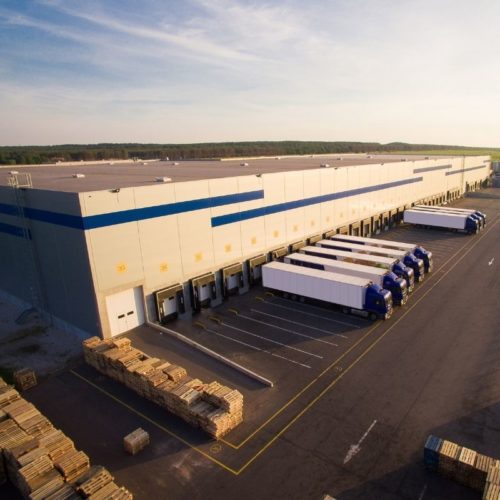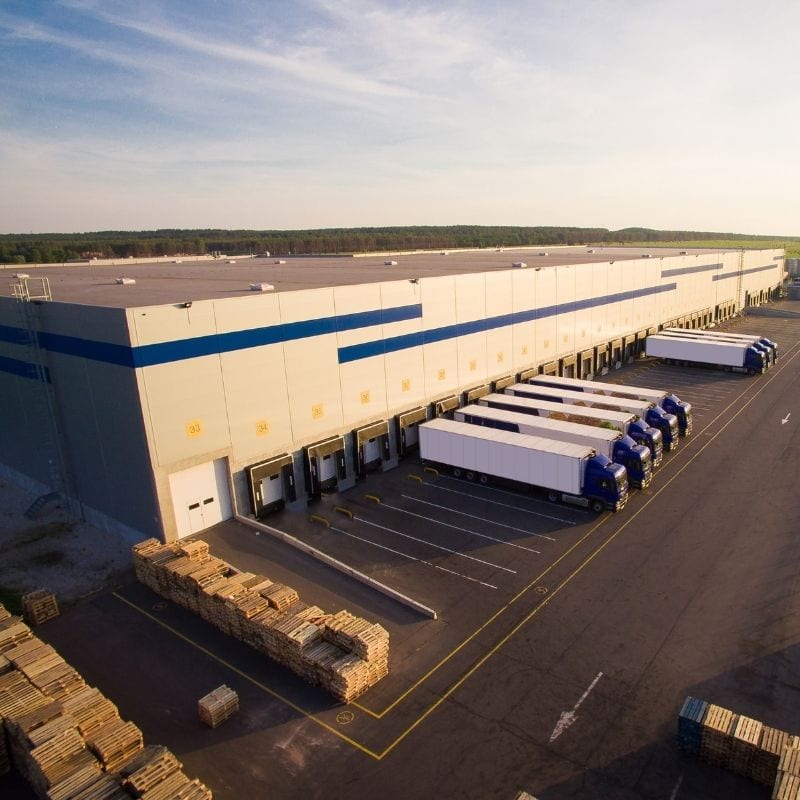
Maximizing warehouse capacity has become a critical challenge in today’s competitive market. Businesses must manage inventory, workspace, and operational flow efficiently while controlling costs. When space is mismanaged, productivity suffers, and costs rise, leaving little room for growth. Outsourcing secondary production needs—such as packaging, wrapping, kitting, and assembly—offers a powerful solution to these challenges, freeing up valuable space and resources while improving operational efficiency.
The Challenges of Warehouse Management
Efficient warehouse management is not just about having enough space; it’s about using that space effectively. Some common challenges include:
- Space Limitations: As inventory grows, companies often face the problem of cramming products into limited storage areas, leading to inefficiencies and safety risks.
- Inefficient Layouts: Poorly organized workflows disrupt productivity and increase the time required for receiving, packing, and shipping operations.
- Rising Operational Costs: Labor, utilities, and equipment maintenance costs can escalate, particularly when facilities are not optimized for efficiency.
Key Strategies to Maximize Warehouse Capacity
Evaluate Space Utilization
Understanding your current space utilization is one of the first steps to increasing warehouse efficiency. Measure the cubic storage capacity of your facility to calculate how much space is being effectively used. Aim for a balanced utilization rate for adequate maneuverability while optimizing storage capacity. For example, a 25% utilization rate may seem low, but it often ensures smooth workflows and safe operations.
Optimize Warehouse Layout
An efficient warehouse layout is key to improving operational flow. Implement lean flow principles to ensure materials move seamlessly from receiving to production, packaging, and shipping. Position receiving docks at one end and shipping docks at the other to minimize backtracking, and logically arrange storage and production areas to reduce time spent locating or moving products.
Declutter and Organize
A clutter-free warehouse improves safety and boosts productivity. Regular housekeeping ensures everything has a designated place—from materials and tools to cleaning supplies. Adopting lean practices like Six Sigma can enhance organization by eliminating waste and optimizing workflows.
Assess Packaging Solutions
Improper packaging often wastes storage space and drives up shipping costs. Evaluate your packaging materials to ensure they are the right size for your products. This reduces excess packaging, lowers material costs, and improves your warehouse’s storage efficiency.
The Role of Outsourcing Secondary Production Needs
Outsourcing secondary production tasks, such as packaging and kitting, allows businesses to focus on core activities while reducing the burden on internal resources. It’s a cost-effective way to streamline operations and maximize your warehouse space, particularly during peak seasons or periods of growth.
Key Outsourced Services to Consider
- Packaging: Professional secondary packaging ensures products are stored and shipped efficiently, reducing damage and waste.
- Kitting and Assembly: Pre-assembled kits and components simplify your production processes and save time.
- Wrapping and Labeling: Proper wrapping and labeling ensure that products are protected and meet regulatory standards.
PPS as a Trusted Partner
Peoria Production Solutions (PPS) offers a wide range of secondary production services designed to optimize warehouse operations. From packaging and kitting to labeling and assembly, PPS provides customized solutions tailored to your needs. As an ISO9001:2015-certified company, PPS is committed to delivering high-quality services that meet stringent industry standards.
PPS Facilities: Built for Efficiency and Scalability
PPS operates a state-of-the-art, 130,000-square-foot facility near Chicago, IL, offering ample space and advanced equipment for secondary production tasks. With automated packaging systems, skilled staff, and environmentally conscious operations powered by solar energy, PPS is equipped to handle projects of all sizes. Our facility’s design prioritizes efficiency, ensuring that your products are processed and delivered with precision and care.
The Benefits of Partnering with PPS
By partnering with PPS for secondary production needs, businesses can achieve several key benefits:
- Cost Savings: Reduce labor costs, equipment investments, and operational inefficiencies.
- Increased Space Availability: Free up valuable warehouse space for inventory or core business activities.
- Scalability and Flexibility: Adjust production levels easily during peak periods or when scaling operations.
- Improved Quality: Benefit from PPS’s stringent quality control processes and ISO certification.
Maximizing warehouse capacity requires a combination of strategic planning and innovative solutions. By outsourcing secondary production tasks to a trusted partner like PPS, businesses can free up space, reduce costs, and focus on growth.
PPS offers expert secondary production services to help businesses optimize warehouse operations and improve efficiency. With over 80 years of experience and ISO9001:2015 certification, we provide customized packaging, kitting, assembly, and more solutions. Contact us today to discover how we can enhance your operations and maximize your warehouse capacity.

